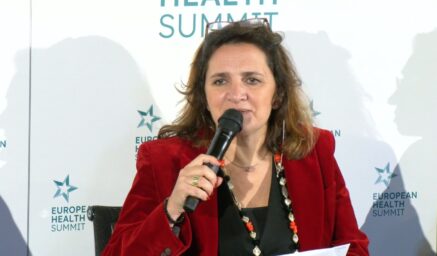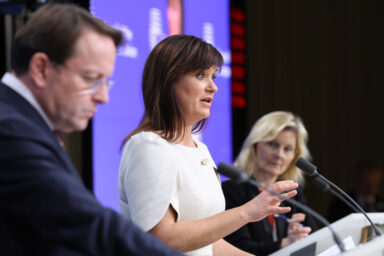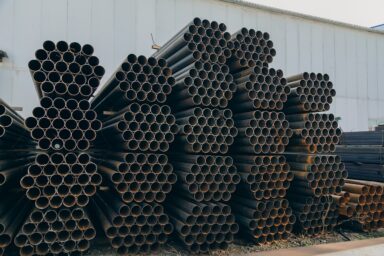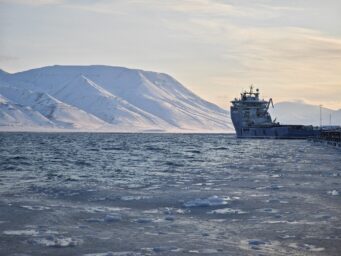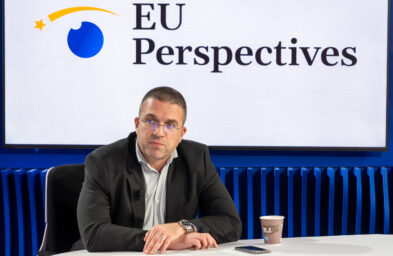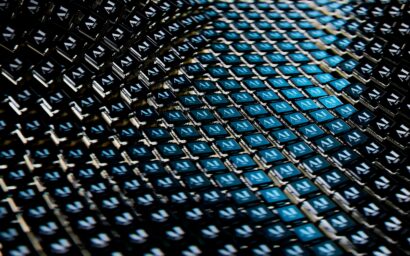The European Union marked another step forward in environmental monitoring with the successful launch of the Copernicus Sentinel-5A satellite on 13 August 2025. The mission will provide critical data on air quality and atmospheric composition, supporting key EU climate and pollution policies. The launch was carried out from Europe’s Spaceport in Kourou, French Guiana, aboard an Ariane 62 rocket, in close cooperation with the European Space Agency (ESA), EUMETSAT, and Arianespace.
Every 100 minutes
According to the European Commission, Sentinel-5A will orbit the Earth approximately every 100 minutes, delivering near-daily global data on air pollutants and trace gases. The mission is expected to directly contribute to the implementation of EU strategies such as the Methane Strategy, Ambient Air Quality Directive, and the Zero Pollution Action Plan.
“Access to frequent, authoritative data directly supports EU policies in the areas of pollution reduction and air quality management,” the Commission stated.
Preparation
Following the launch, EUMETSAT Director-General Phil Evans called the new satellite a vital tool in strengthening Europe’s ability to prepare for climate-related disasters, telling Euronews the launch was “a major step forward in giving national weather services sharper tools to save lives, protect property, and build resilience against the climate crisis.”
The European Commissioner for Defence and Space, Andrius Kubilius, meanwhile, emphasised that the launch further consolidates the EU’s global leadership in Earth observation. The launch follows the successful deployment of Sentinel-4A last month and precedes the upcoming CO2M mission. Together, these initiatives form part of the EU’s broader ambition to maintain Copernicus as one of the world’s most advanced Earth observation programmes.
The Commission noted that Sentinel-5A, in combination with other missions, reinforces the EU’s leadership in space-based environmental monitoring and positions the Union as a key global provider of Earth observation data.

